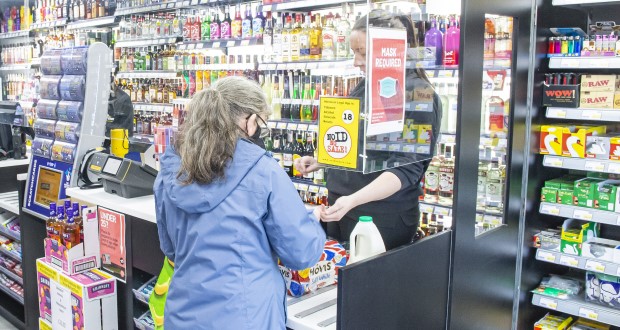New research by market firm Savanta shows significant changes in shopping behaviour driven by the cost of living crisis and Covid-19. The Grocery Eye report, which tracks consumer attitudes every quarter, shows that:
- Just 16% of shoppers now ‘stick to a weekly shop’ – down 10% points (from 26%) in 2020
- The fastest growing frustrations of shoppers this year are that shopping takes too much time (22%) and not being rewarded for loyalty (16%). Time is a particular concern for Gen Z, with 36% saying that taking too much time is one of their biggest frustrations with grocery shopping
- Shoppers are increasingly expecting more of retailers, with more saying that promotions (62%) and loyalty schemes (51%) are important to them in deciding where to shop
- The grocery shopping experience is a happier one in 2023, with shoppers feeling more in control (27%) than 2022 (22%)
William Blackett, executive vice-president of consumer at Savanta said: “The weekly food shop looks more and more like a thing of the past, as customers bounce between small shops and online shopping in an effort to save costs.
Our research shows this has been part of a longer-term trend, as Covid-19 and the Cost of Living Crisis upend shopper’s consuming habits.”
“Retailers should be warned – consumers are increasingly demanding in what they expect from their shopping experience. The good news is that with inflation looking like it has peaked, shoppers are broadly happier now than they were a year ago.”
 Talking Retail Grocery and product news for independent retailers
Talking Retail Grocery and product news for independent retailers






